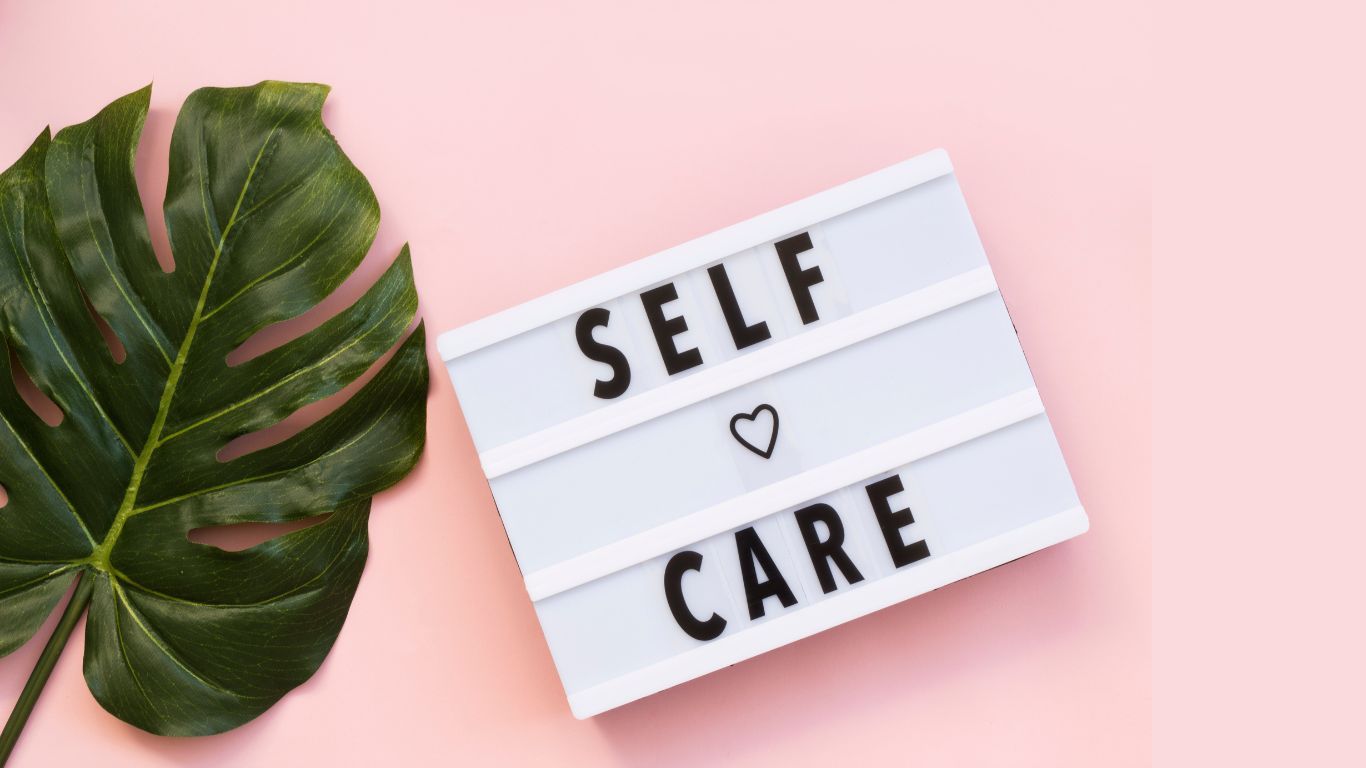Build habits that promote health, productivity, and well-being every day.
Creating a daily routine that fosters balance in life can be transformative. A well-structured routine can help reduce stress, improve productivity, and enhance overall well-being. This all-in-one resource will guide you step-by-step in crafting a routine that aligns with your personal goals and lifestyle preferences.
Why a Daily Routine Matters
- Consistency: Establishing habits leads to long-term benefits.
- Time Management: Helps prioritize tasks and avoid procrastination.
- Mental Health: Reduces anxiety by creating predictability and structure.
- Work-Life Balance: Ensures time for both responsibilities and relaxation.
The Key Components of a Balanced Daily Routine
- Morning Rituals
- Wake up at a consistent time.
- Engage in mindfulness (meditation, journaling).
- Move your body (stretching, yoga, a quick workout).
- Eat a nutritious breakfast.
- Work/Study Blocks
- Set specific goals for the day.
- Use time-blocking techniques (Pomodoro method).
- Minimize distractions (turn off notifications, use focus apps).
- Meal Times
- Schedule meals at consistent times.
- Focus on balanced nutrition: protein, fiber, healthy fats.
- Stay hydrated throughout the day.
- Physical Activity
- Include at least 30 minutes of moderate activity daily.
- Incorporate both cardio and strength training weekly.
- Walk or stretch during breaks.
- Downtime and Hobbies
- Dedicate time to passions and hobbies.
- Limit screen time during leisure hours.
- Practice relaxation techniques (reading, music, art).
- Evening Wind-Down
- Create a digital detox period before bed.
- Use this time for reflection or journaling.
- Sleep at a consistent hour and aim for 7–9 hours.
Steps to Design Your Personalized Routine
- Assess Your Current Habits: Keep a diary for a week and note your daily activities.
- Define Your Goals: Know what you want to achieve — better health, more productivity, increased relaxation, etc.
- Prioritize and Plan: Identify non-negotiable tasks and schedule them first.
- Be Realistic: Avoid overloading your day. Leave buffer times between activities.
- Use Tools: Digital calendars, habit trackers, and alarms can help keep you accountable.
- Evaluate and Adjust: Weekly reflections will allow you to tweak your routine as needed.
Sample Daily Routine for a Balanced Lifestyle
6:30 AM – Wake up and hydrate
7:00 AM – Morning exercise or walk
7:30 AM – Shower and breakfast
8:00 AM – Goal planning and review
9:00 AM – Work or focused study session
12:00 PM – Lunch and short walk
1:00 PM – Continue work/tasks
3:00 PM – Break with light stretching
5:00 PM – Finish workday and unplug
6:00 PM – Dinner with family/friends
7:00 PM – Hobby or relaxation time
8:30 PM – Begin wind-down routine
10:00 PM – Sleep
Tips to Maintain Your Routine Long-Term
- Start small — implement one change at a time.
- Celebrate progress — reward yourself for sticking to habits.
- Stay flexible — adjust as life changes.
- Keep tracking — use calendars or goal journals.
- Get support — share your routine with a friend or coach for accountability.
Conclusion
Creating a daily routine tailored to your lifestyle is a powerful step toward living a more balanced, healthy, and fulfilling life. With consistency, mindfulness, and periodic adjustments, your routine can become a strong foundation that supports you in all aspects of life.



